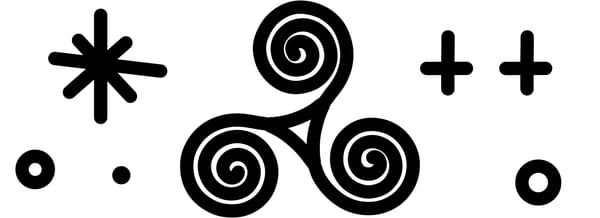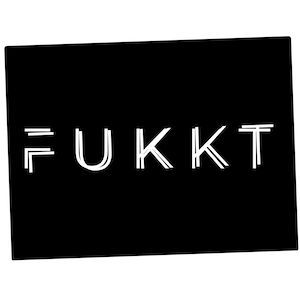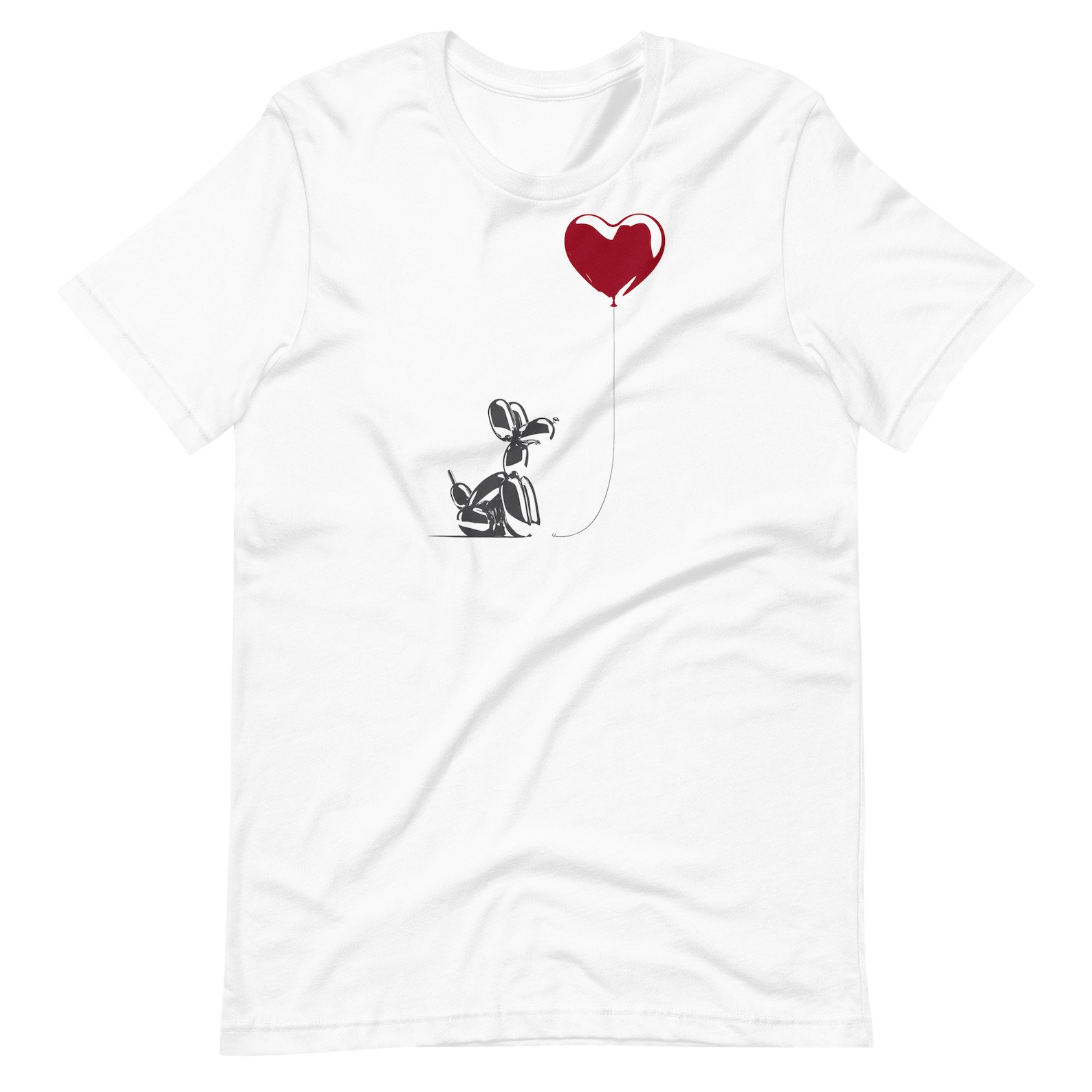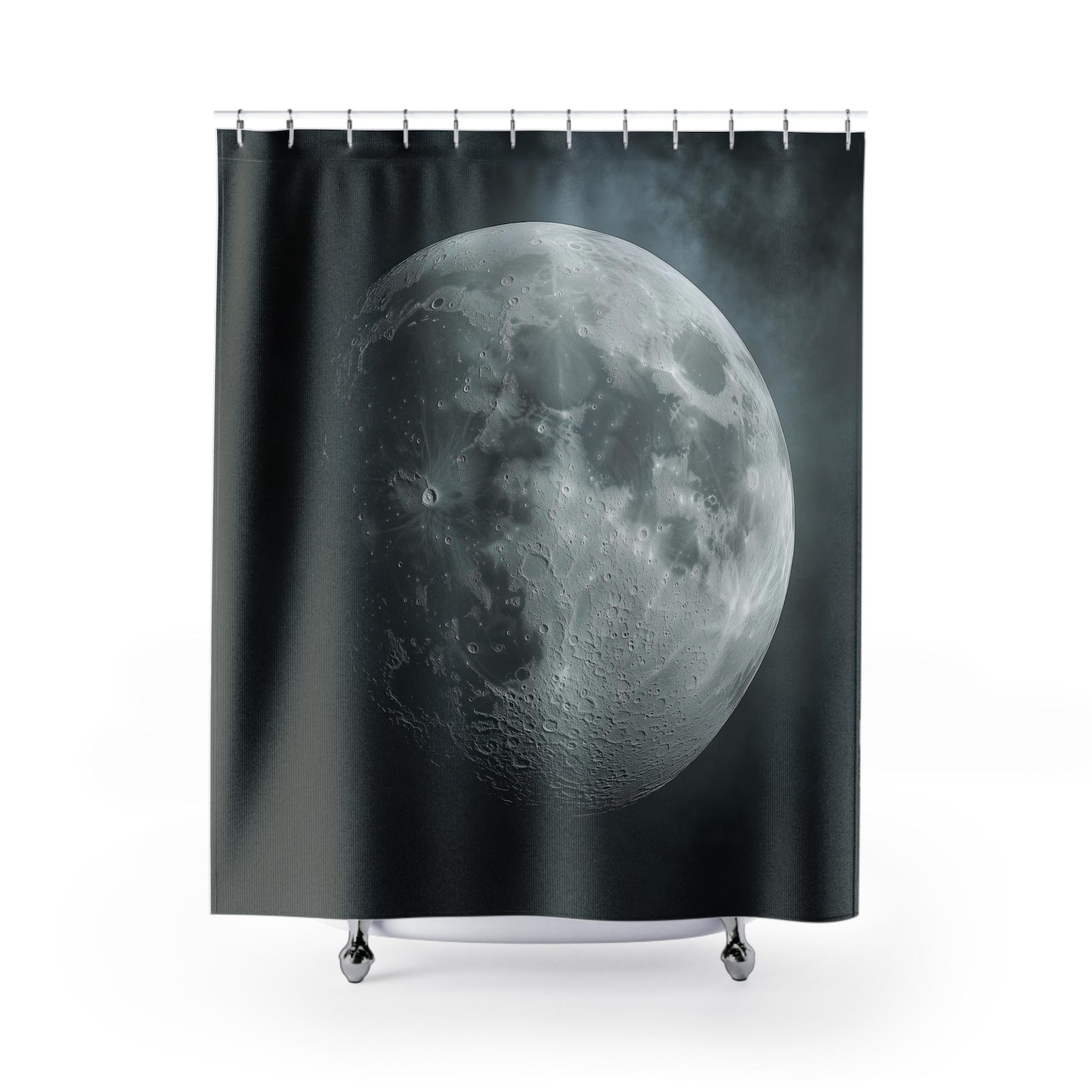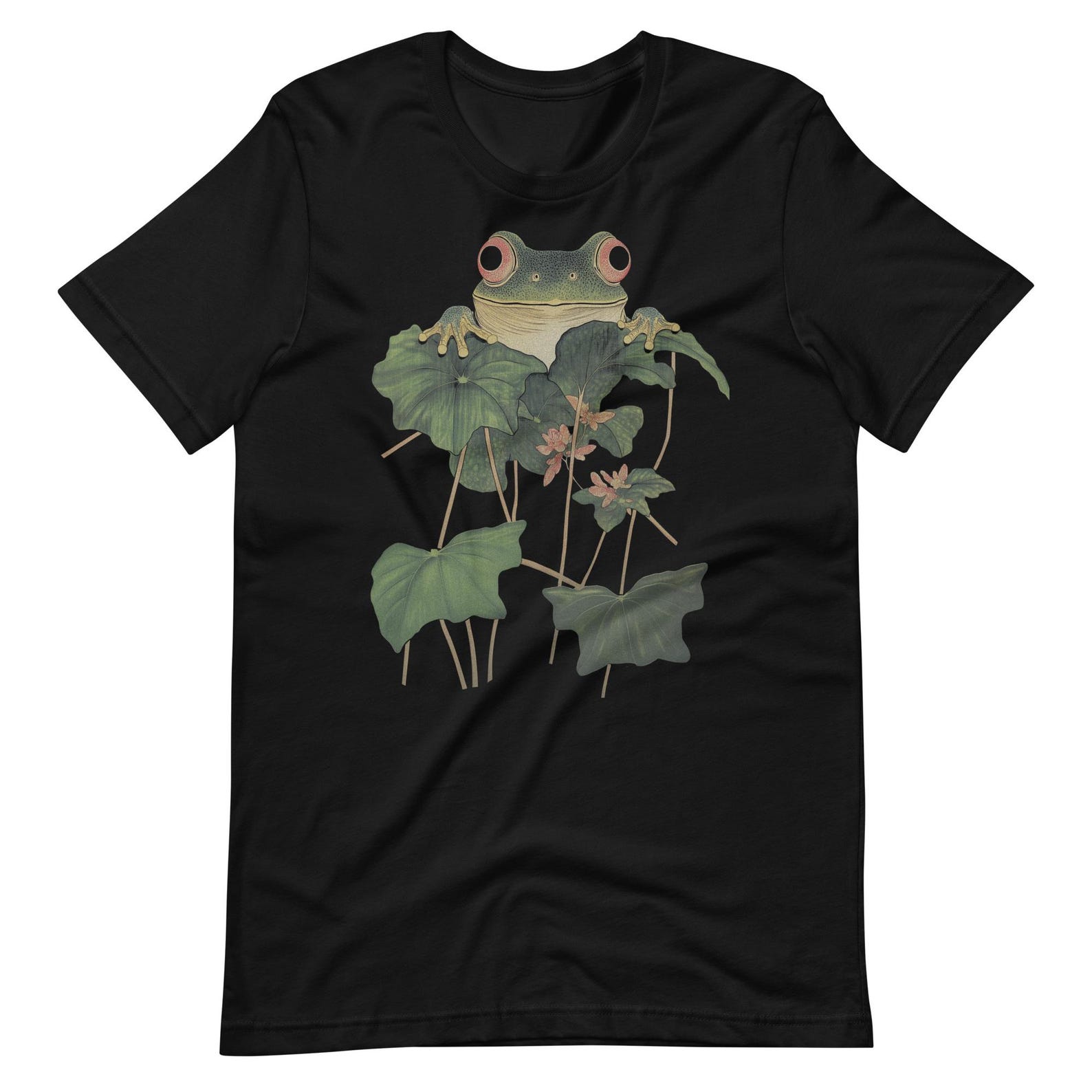Silent Symbols
Symbols outlast language because they travel faster than explanations—they hit you before you decide what they mean.
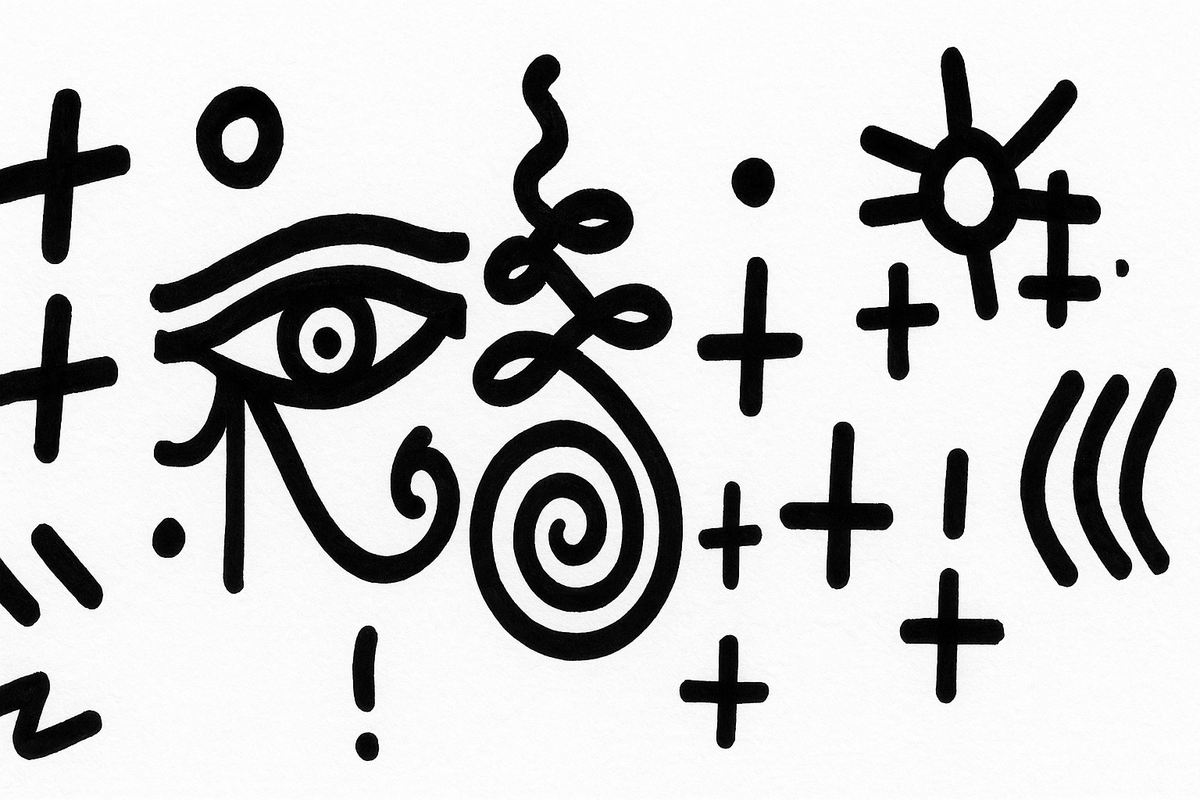
The Glyph Series
A language without letters. A ritual without ceremony.
Symbols are it.
Strip everything down and you’re left with marks—shapes that carry meaning before words ever show up. Letters are symbols. Numbers are symbols. The whole system of communication collapses without them. And when someone wears a symbol, buys it, adopts it, there’s a relationship: the meaning hits the first person who chooses it… and then it travels outward, carried into the world and interpreted again.
The Silent Symbols series sits in that space—something personal, something seen, something passed on.
Why Glyphs?
Glyphs are the fastest communication humans have ever invented.
One shape = a thought, a history, a mood, a direction.
I’m making these because symbols have always been the backbone of meaning. A glyph doesn’t need a sentence to justify itself—you feel it first, and you interpret it second. That sequence matters.
When someone picks one of these hats, they’re choosing the mark that speaks to them. It’s almost transactional in a spiritual way: you choose the glyph, the glyph chooses you back.
How They’re Made
There’s no checklist or formal method.
The main symbol appears—visually, intuitively—and that creates the feeling. Everything else gets built around that core. Each additional glyph modifies the first: supporting it, contradicting it, bending the meaning, sharpening the message.
Its composition through interaction.
A little visual logic, a little instinct, a little ritual.
The rhythm of the marks is everything. How they sit next to each other. How the shapes trigger a reading order. How the eye moves.
This is the closest thing to writing without writing.
A Personal Symbolic Lexicon
These marks come from many years of learning, thinking, studying, and absorbing symbols—ancient, modern, religious, secular, technical, esoteric. Eventually, you internalise that world, and the vocabulary becomes natural.
You stop drawing symbols and start speaking them.
Early on, it’s limited—like learning a new language. Basic shapes. Basic ideas. Over time, the mental dictionary expands, and you can communicate a complex message instantly.
That’s where these glyphs live: direct expression without the slow drag of explanation.



On Etsy: Triskelion, Eye of Horus, + Pathline Unalome
Why Embroidery?
Embroidery is a physical act—old, blunt, almost violent in process.
You’re literally puncturing fabric thousands of times. Drawing with thread. Stitch after stitch. Mark after mark. It’s a tactile permanence.
Embroidery also feels connected to a previous era—a time when you learned a skill with your hands, not software. It carries weight. Texture. A sense of craft.
For symbols, that matters.
They deserve to be made, not printed.
Why Distressed Hats?
The damage is the counterweight.
You experience a tension between the precise technique (embroidery) and the “weathered” surface (frayed, worn, “damaged” fabric). It’s ruin-aesthetic architecture on a wearable scale.
One can imagine that the distress suggests a previous life—objects that have travelled.
So the hat already feels old, the glyphs already feel old, and together they read like artifacts that somehow ended up in the present.
Opposites create honesty: precious vs. imperfect, clean vs. eroded, new vs. used.
Different Symbols, Different Intentions
Each glyph set is a life-path—a unique cluster of meaning, direction, and internal logic. They aren’t interchangeable. They’re built with different cores, different energies, different readings.
One symbol communicates protection.
Another speaks to movement or change.
Another marks paths, cycles, or internal states.
The wearer chooses the path that fits them.
The glyph is the anchor.
The Silent Symbols Collection
This parent article introduces the language.
Each individual hat—Eye of Horus, Pathline, Triskelion—carries its own intention, structure, and message. Each gets its own interpretation, its own reading, its own voice.
But this is the foundation:
A small visual language for people who feel meaning before they verbalise it.




